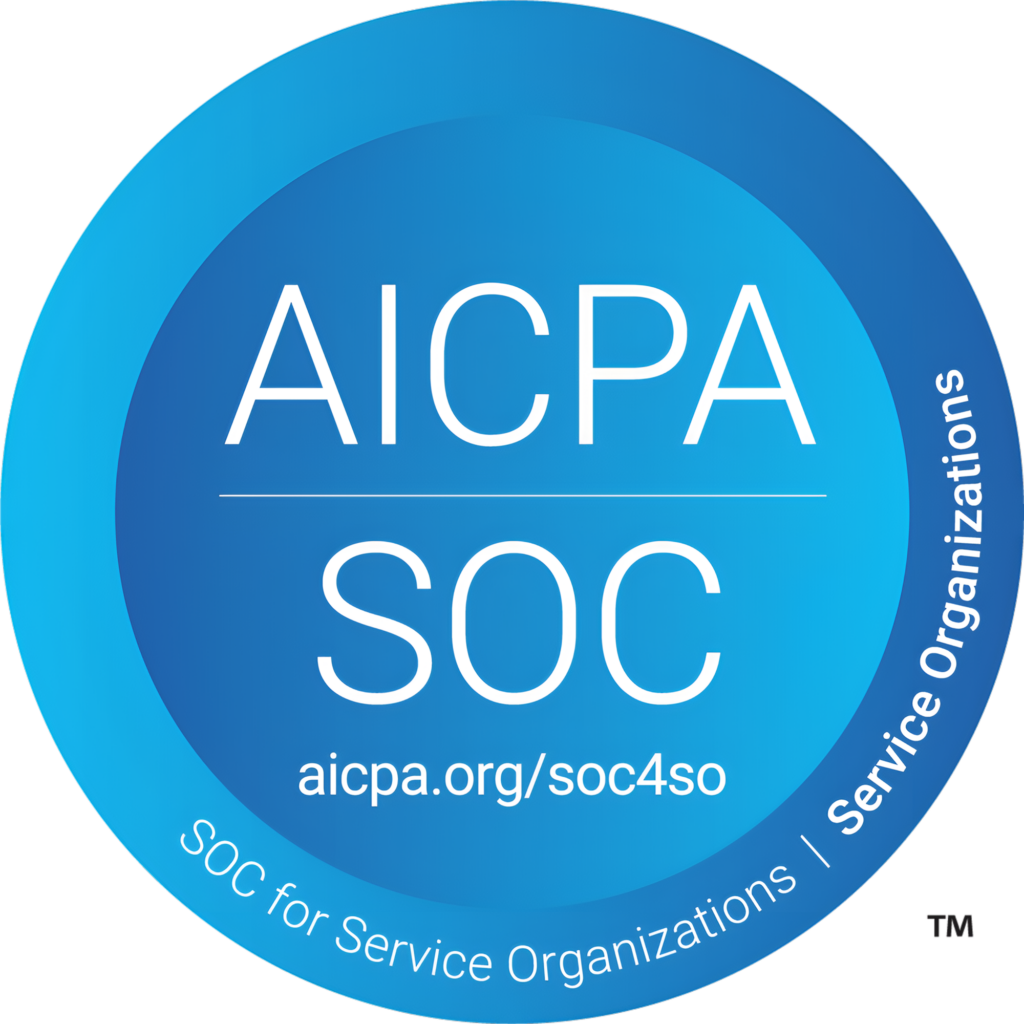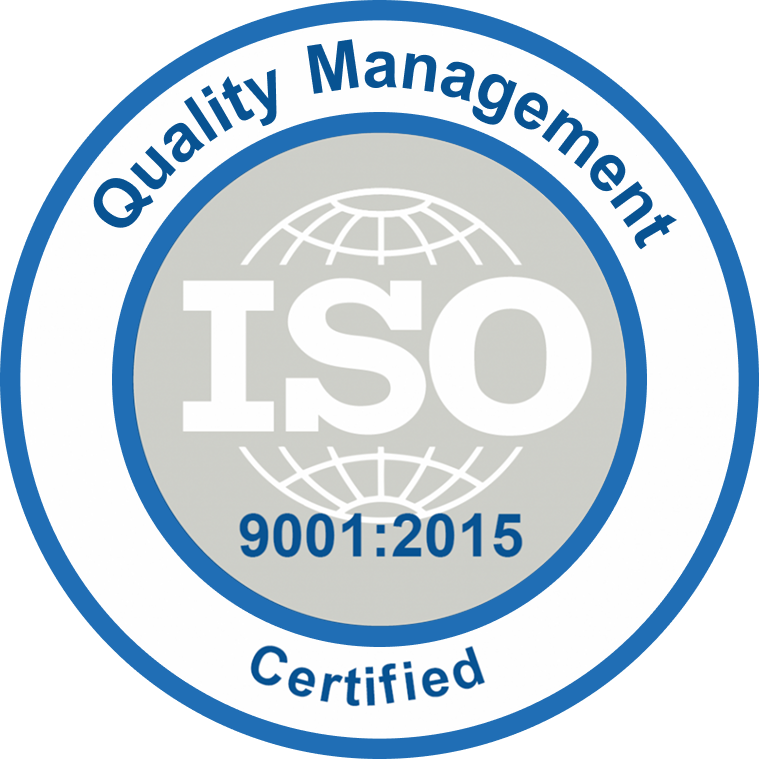Optimizing Azure resources for peak efficiency and cost savings
Efficient management of Azure resources is key to maximizing performance while minimizing costs. Azure rightsizing allows businesses to tailor resource allocation to match workload demands, preventing both over-provisioning and underutilization. This article explores the core principles of Azure rightsizing and outlines actionable steps for leveraging this strategy to improve cost-efficiency and performance. Continue Reading The […]
Kickstart your cost analysis journey: A step-by-step guide
Managing cloud costs can be a daunting task, especially as businesses scale and diversify their cloud operations. Microsoft Cost Management offers a powerful set of tools designed to provide full visibility into your cloud expenditure. This guide will help you understand how to leverage Microsoft Cost Management to not only monitor your spending but also […]
Maximizing cost efficiency with Azure Spot Virtual Machines: A complete guide
Azure Spot Virtual Machines (VMs) provide a cost-efficient solution for running workloads that can handle interruptions. By leveraging unused compute capacity at significant discounts, organizations can reduce their cloud costs without sacrificing performance. This article explores how Azure Spot VMs work, ideal use cases, and how businesses can benefit from this service. Let’s delve into […]
Maximize savings and flexibility with Azure Reserved Virtual Machine Instances
Azure Reserved Virtual Machine Instances (VMIs) offer an efficient solution to help businesses cut down on cloud computing costs while securing long-term compute capacity. By choosing one- or three-year reservations, businesses can achieve significant savings, improve budgeting, and ensure compute resources are available when needed. This article explores how Azure Reserved VMIs can optimize cloud […]
Effectively manage Cloud costs with Microsoft cost management solutions
Microsoft Cost Management provides businesses with robust tools to optimize their cloud expenditure effectively. By leveraging the latest advancements, such as Microsoft Copilot, organizations can gain insights into their spending patterns, implement accountability controls, and identify opportunities for cost remediation. This article delves into the features and benefits of Microsoft Cost Management, guiding you on […]
Designing an optimized DevOps architecture for seamless operations
Building an effective DevOps architecture is essential for any organization aiming to streamline software development, enhance collaboration between teams, and improve overall operational efficiency. By integrating development, quality assurance, and IT operations, DevOps practices help organizations achieve faster releases, improved code quality, and continuous delivery of value. A well-architected DevOps framework ensures that businesses can […]
Maximize the value of Azure Cloud with the Well-Architected Framework
Building and managing cloud workloads effectively is essential for businesses looking to harness the full power of Azure. The Azure Well-Architected Framework (WAF) offers a comprehensive approach to cloud architecture, helping organizations design workloads that are secure, reliable, and cost-efficient. By focusing on 5 core pillars—reliability, security, cost optimization, operational excellence, and performance efficiency—the WAF […]
Enhancing Azure workloads with well-architected guidance – Optimizing performance, security, and cost
Optimizing workloads in the cloud can be a complex task without the right guidance. Microsoft’s Well-Architected Framework (WAF) helps organizations navigate this challenge by offering principles and tools to design, build, and maintain efficient, reliable, and secure workloads on Azure. This article explores how deepening the Well-Architected Framework’s guidance enables organizations to elevate their cloud […]
Key strategies for establishing a robust security baseline
Establishing a security baseline is crucial for organizations aiming to protect their data and systems effectively. This foundational document outlines the minimum security requirements needed to safeguard workloads against threats. A well-defined security baseline not only enhances security posture but also ensures compliance with regulatory standards, mitigates risks, and minimizes the likelihood of data breaches. […]

